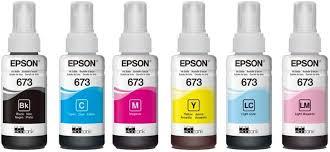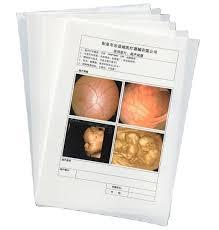Description
Product details
Digital print technology has significantly transformed the way wallpapers are produced, offering a wide range of possibilities in terms of design, customization, and quality. Here's how digital print has impacted wallpaper media: Customization: Digital printing allows for easy customization of wallpapers. Customers can choose from a vast array of designs, colors, patterns, and even provide their own artwork for printing. This level of customization wasn't as accessible with traditional printing methods. High-Quality Printing: Digital printing offers high-quality results with sharp details and vibrant colors. This ensures that intricate designs and complex patterns are accurately reproduced on wallpaper media, enhancing the overall visual appeal. Variable Data Printing: Digital printing enables variable data printing, which means each wallpaper roll can feature unique elements such as personalized text, images, or patterns. This level of personalization is ideal for creating bespoke wallpapers tailored to individual preferences. Cost-Effectiveness: Digital printing is cost-effective for short to medium print runs, making it feasible to produce small batches or even a single custom wallpaper roll without incurring significant setup costs. This is advantageous for both manufacturers and customers seeking unique designs. Quick Turnaround Time: Digital printing offers faster turnaround times compared to traditional printing methods. Designs can be finalized digitally and sent directly to the printer, reducing lead times and enabling quicker production and delivery of wallpapers. Environmental Sustainability: Digital printing is often considered more environmentally friendly than traditional printing methods due to reduced waste, minimal setup materials, and the ability to use eco-friendly inks and substrates. This aligns with the growing demand for sustainable products in the home decor industry. Innovative Materials: Digital print technology allows for printing on a variety of materials beyond traditional paper-based substrates, including vinyl, fabric, and textured materials. This opens up new possibilities for creating unique textures, finishes, and effects in wallpaper design. Ease of Reproduction: Digital printing simplifies the reproduction process, making it easier to replicate designs accurately for large-scale production or reprinting purposes. This ensures consistency across multiple batches of wallpaper rolls. Overall, digital print technology has revolutionized the wallpaper industry by offering unprecedented flexibility, quality, and customization options, enabling manufacturers to meet the diverse demands of consumers while pushing the boundaries of design creativity.





